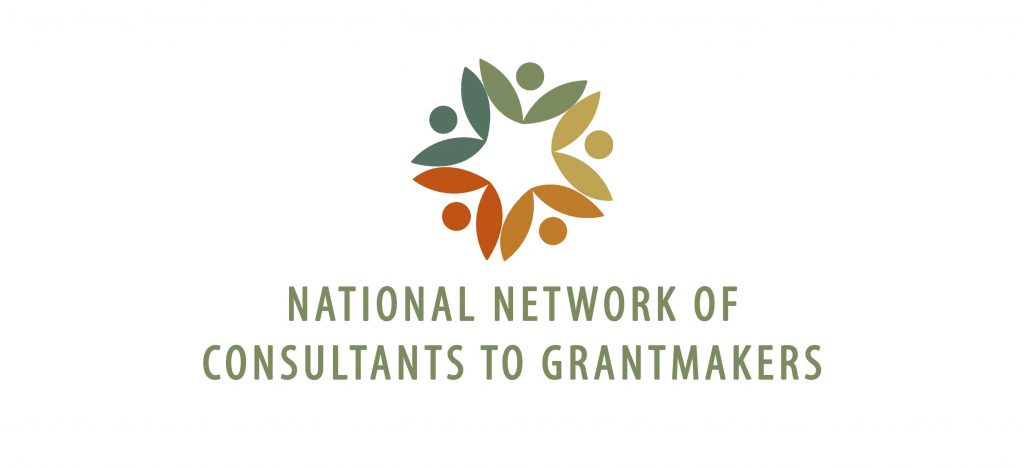This is a guest post by Jeffrey M. Glebocki, Strategy + Action /Philanthropy. It is republished here with his permission.
This post is the first in a 2-part series on the role of funders in the lively topic of sustainability in the nonprofit sector. The series is based on session presentations made by the author at two regional conferences sponsored by the Lodestar Center for Philanthropy and Nonprofit Innovation at Arizona State University. The author also gives a tip-of-the-hat to Vu Le, the brains behind the blog Nonprofit With Balls.
I’ve worked as a foundation executive, senior program officer, and advisor to foundations for the past several eons. I’ve reviewed hundreds of proposals, recommended tens of millions of dollars in funding, developed grant strategies and evaluations, and partnered with public and private funders of all shapes and sizes.
And through it all, the illusion of nonprofit sustainability persists. I own up to being guilty of contributing to this illusion, and I think it’s about time to bust the myth.
First off, sustainability simply isn’t a natural state. Life (and our work) is actually about the yin and yang, the dark and light. It’s about birth and death, creation and destruction, expansion and contraction.
Consider these facts: The average life span of Fortune 500 companies is only 40 years. And only 44% of small businesses survive four years or more. Yet, we continue to expect and sometimes demand that nonprofit organizations achieve sustainability—even the nirvana of sustainability independent of our support!
Change—real change—takes time. We face long arcs of work to tackle problems, and the illusion in the sustainability conversation hampers our collective work.
Give some thought to these examples of making change:
- The U.S. poverty rate has been stuck at around 12% for the past four decades. Think about the billions spent in the fight against poverty, and the thousands of organizations and people who have strived to turn the tide over the years.
- A statewide effort to improve educational outcomes took more than 20 years to move Kentuckyfrom the bottom tier of states to mid-tier.
- Research tells us that making long-lasting, significant change in a neighborhood school takes 3 to 5 years.
Funders—and our grant partners—can’t move the proverbial needle when our philanthropic behaviors, policies, and practices actually constrain success in these long arcs of problem-solving.
Deep-seated economic and social problems can’t be tackled when we make only 1-year grants. Public policy isn’t shifted when we re-align our funding priorities every few years. Even change at the local level is hampered when we ask our nonprofit partners to concentrate on pursuing unachievable sustainability instead of focusing on the hard work at hand.
In the second of this two-part series, I’ll shed light on specific dynamics in philanthropy that contribute to making sustainability an illusion—and what funders and nonprofits can do to begin altering this unfortunate myth.
Related resources
Can we all just admit there is no such thing as nonprofit sustainability? (Nonprofit With Balls)
Sustainability: More than a fiction writing contest (Charity Channel Press)
The Sustainability Question, Why it is So Annoying (Nonprofit With Balls)
 Jeff Glebocki, founder and CEO of Strategy + Action/Philanthropy, helps foundations, nonprofits, and institutions around the country become catalysts for change in the communities and causes they serve. Jeff is also foundation coordinator for The Doll Family Foundation of Shaker Heights, Ohio, and past president of The Raymond John Wean Foundation.
Jeff Glebocki, founder and CEO of Strategy + Action/Philanthropy, helps foundations, nonprofits, and institutions around the country become catalysts for change in the communities and causes they serve. Jeff is also foundation coordinator for The Doll Family Foundation of Shaker Heights, Ohio, and past president of The Raymond John Wean Foundation.

